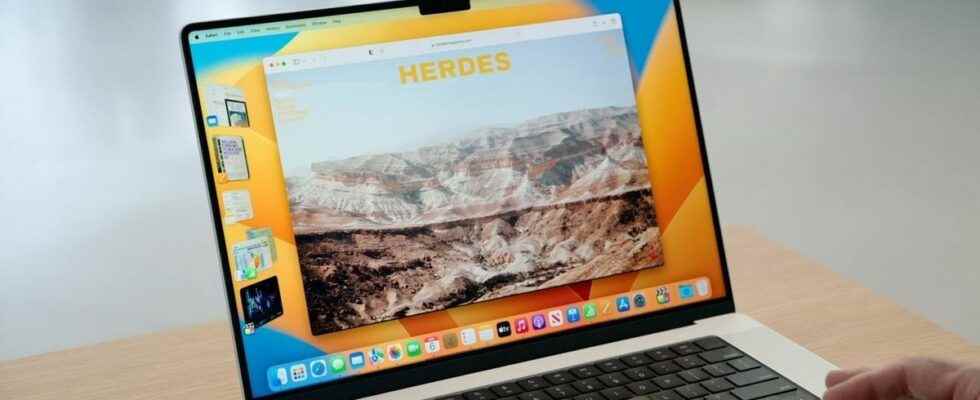The transition from an Intel architecture to the ARM architecture on Apple Macs has not been smooth. The latest version of the operating system, deployed in final version at the end of October 2022, abandoned many old machines. Most computers released after 2017 aren’t eligible for the update…unless you want to get your hands dirty.
A long list of eligible machines
The development team behind the OpenCore Legacy Patcher software recently announced that its tool finally supports macOS Ventura and allows the installation of the OS on old machines with Intel architecture. The project, in gestation for many months, required a considerable effort since Apple got rid of a good part of the code dedicated to the support of Macs under Intel. Building a version of macOS 13 compatible with older Apple machines therefore required a lot of support work on the software driver side.
Despite these challenges, OpenCore Legacy Patcher boasts fairly broad compatibility with older Apple computers. MacBook Airs released between 2012 and 2017 are supported, as are MacBook Pros and Mac minis released between 2012 and 2017, MacBooks from 2015-2016, and iMacs from 2012-2016. The 2013 Mac Pro is on the other hand absent from this list due to problems on the side of the graphics card. “Installing macOS Ventura on older models will break compatibility with graphics acceleration, USB 1.1, keyboard, trackpad, and Bluetooth, as well as other issues. No support is offered for these systems at present“, however, warned the development teams.
Still a few compatibility issues
Unfortunately, even machines officially supported by OpenCore have some compatibility issues, especially on the video encoding and decoding side. Most of the basic features work, that said, without issue. Future software updates should gradually fix the remaining issues.
Installing macOS Ventura on old Macs is clearly not as easy as performing an official update since it requires creating installation media and fiddling with your machine’s boot switch. Step-by-step instructions are available if you want to keep enjoying what’s new in macOS on your computer and you have some time on your hands. If not, you can always try Linux.
